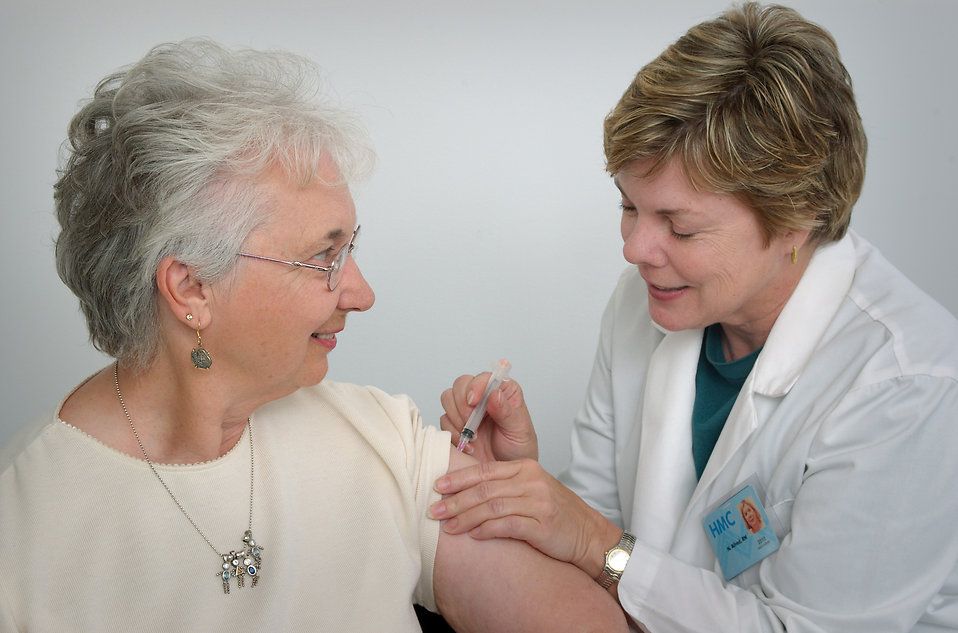From 2013 to 2014, the total fertility rate in Denmark increased for the first time in four years, according to figures from the national statistics office Danmarks Statistik.
The total fertility rate is the number of live-born children a woman will give birth to in the course of her fertile period (from the age of 15 to 49) according to national averages. This rate increased from 1.67 in 2013 to 1.69 in 2014.
Economy explains development
Las Olsen, an economist at Danske Bank, told Kristeligt Dagblad that the increase is linked to improvements in the national economy.
“The fact that the fertility rate increased a bit in 2014, instead of falling as it had in previous years, is yet another little sign that it’s going better for the Danish economy,” he said.
The rate was 1.89 in 2008, when the financial crisis hit, and dropped each consecutive year until 2013.
According to Olsen, economic crises can lead to people undertaking a period of study and delaying the start of a family. Another reason for delaying having children is that people wait until they can afford to move to a more suitable home.












